Free Sheet Music: Rock's Rise and Cultural Collision
Following our series opener, we now move into a pivotal chapter in the evolution of rock music: the post-war Beat Generation and the cultural cross-pollination that gave rock music composers fertile ground to innovate. This period, stretching from the late 1940s to the late 1950s, laid the foundation for what would soon become a global cultural revolution.
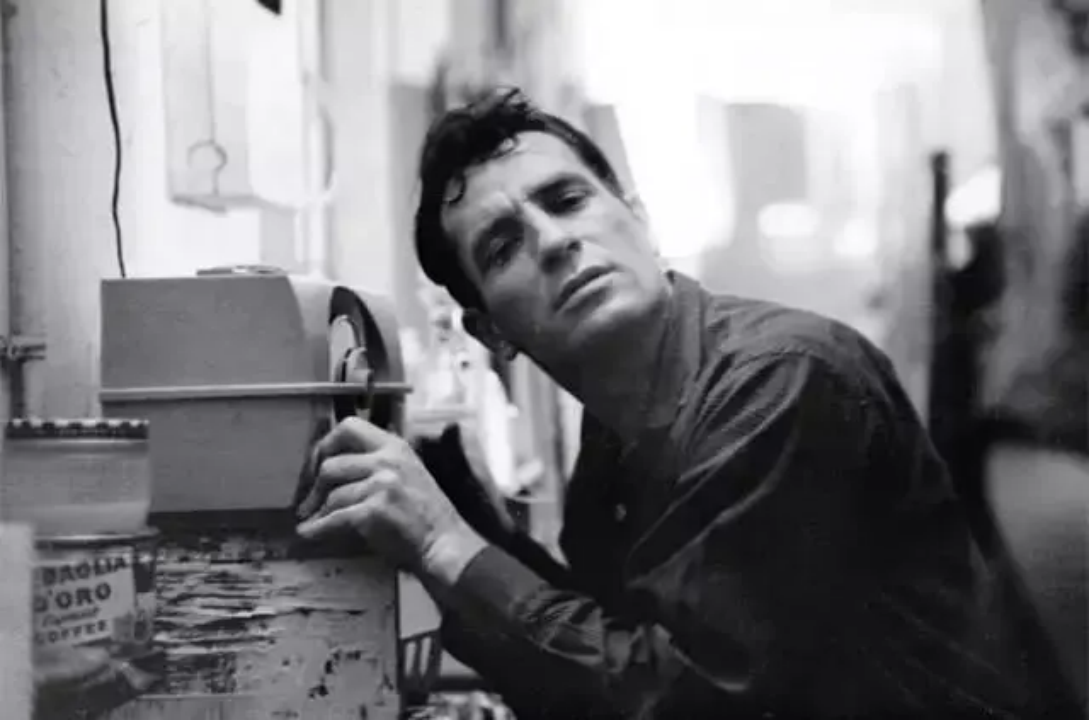
After the turmoil of World War II, society entered a prolonged era of peace and prosperity. With the economy booming and daily life becoming more secure, a new generation came of age—one that didn’t inherit the trauma of war, but rather a sense of existential boredom in the face of comfort. This social shift birthed the Beat Generation, a movement driven by disillusionment with consumerism, spiritual searching, and cultural rebellion. The works of writers like Jack Kerouac, especially "On the Road," mirrored the restlessness and raw energy that rock piano music would soon embody.
Though the Beat Generation's influence was still taking shape, their values closely paralleled the emerging spirit of famous rock music: anti-establishment, creatively free, and emotionally raw. As young people hit the road in beat-up vans and backcountry highways, they took with them the soundtracks of rebellion—blasting blues, country, and early rhythm-and-blues records that blurred racial and cultural lines.
By the early 1950s, these musical collisions birthed early rock piano music.
Rocket 88
"Rocket 88"—though technically still rhythm and blues—is considered by many to be the first true rock record. Its distorted guitar tone and driving rhythm introduced something new and electric into the mainstream. Around the same time, DJs like Alan Freed began using the term “rock and roll,” signaling the arrival of a fresh, fast-paced genre.
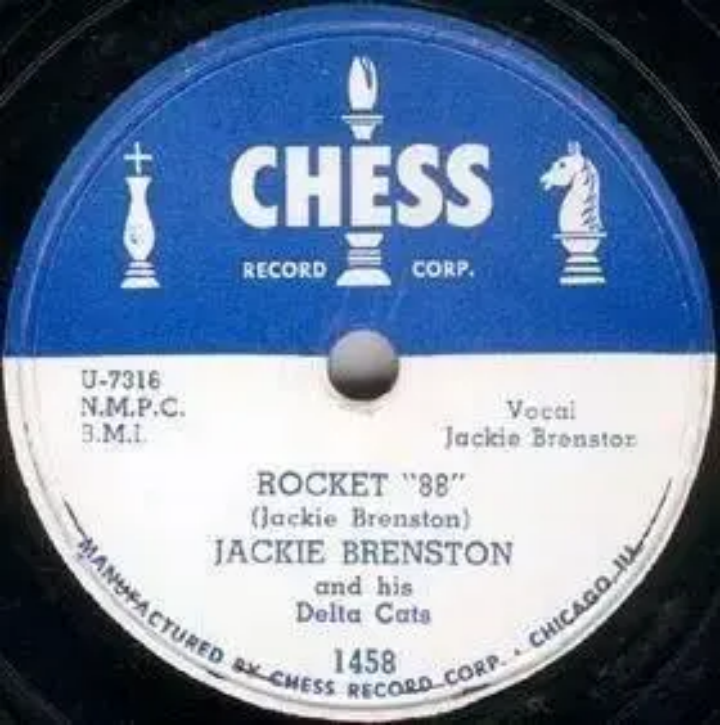
Rock Around The Clock
In 1954, Bill Haley & His Comets released "Rock Around the Clock," a breakthrough hit that brought rock piano music to white mainstream audiences. This song, featured in the film "Blackboard Jungle," earned Haley the moniker "Father of Rock and Roll." Though Haley had previously experimented with covers of R&B hits, this release cemented his place in music history.
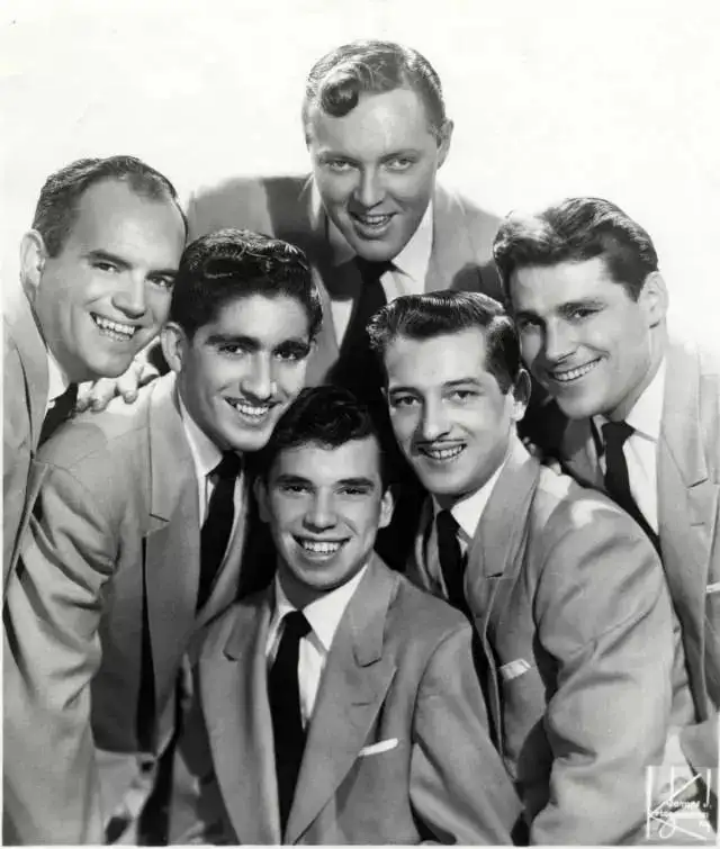
That's All Right
That same year, a young singer from Memphis named Elvis Presley recorded his debut single, "That's All Right." Though not a virtuoso instrumentalist or songwriter, Elvis’s raw charisma and stage presence turned rock piano music into a cultural force. His performances, steeped in black musical tradition yet presented by a white artist, challenged racial divides and captivated a nation. He didn’t just sing—he ignited.
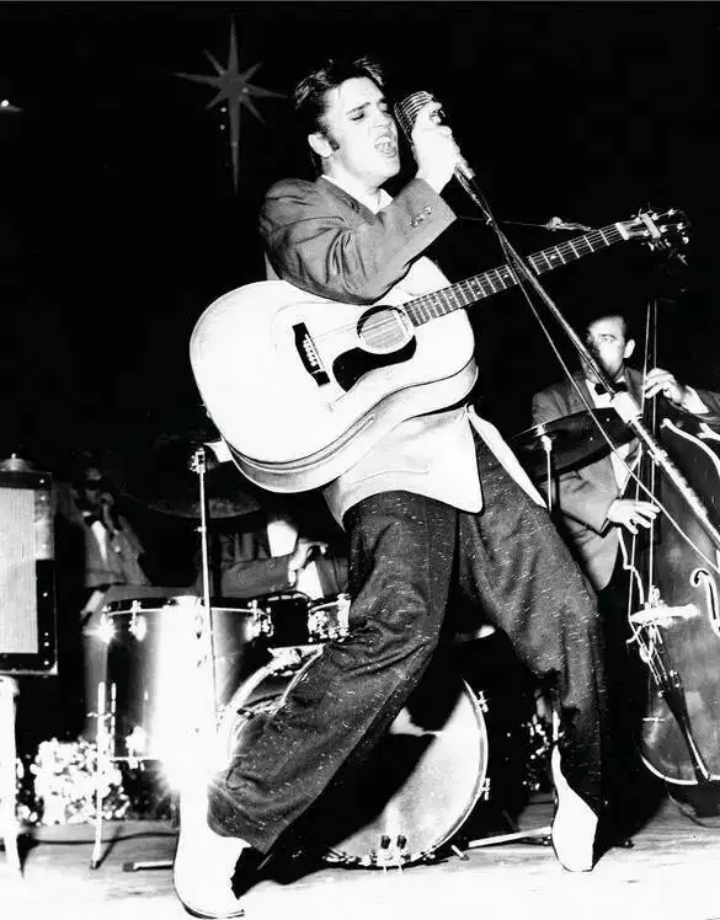
Maybellene
Then came Chuck Berry. With his 1955 hit "Maybellene," Berry introduced lyrics that spoke directly to teenage life, while also defining the guitar-driven sound that would become famous rock music. His influence spanned oceans, shaping bands like The Beatles and The Rolling Stones.
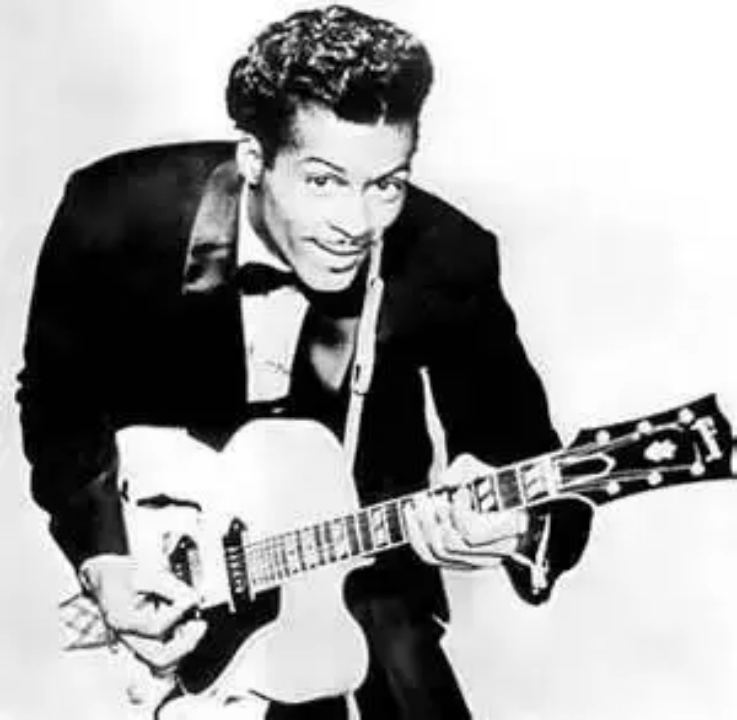
Little Richard
In December 1955, Little Richard burst onto the music scene with his electrifying "Tutti Frutti." Raised in a devout Black family, he left home young and was taken in by a white family—a real-life embodiment of the cultural fusion that would define rock music. His breakout year came in 1956, but soon after reaching the peak of fame, he announced a turn toward faith and began preaching. Still, his back-and-forth journey between gospel and rock couldn't eclipse the sheer force of his stage presence. Little Richard’s fiery charisma and explosive piano playing turned him into a foundational figure of famous rock music, even as his later comeback in 1962 failed to recapture earlier glory—despite touring with The Beatles and forming influential friendships.
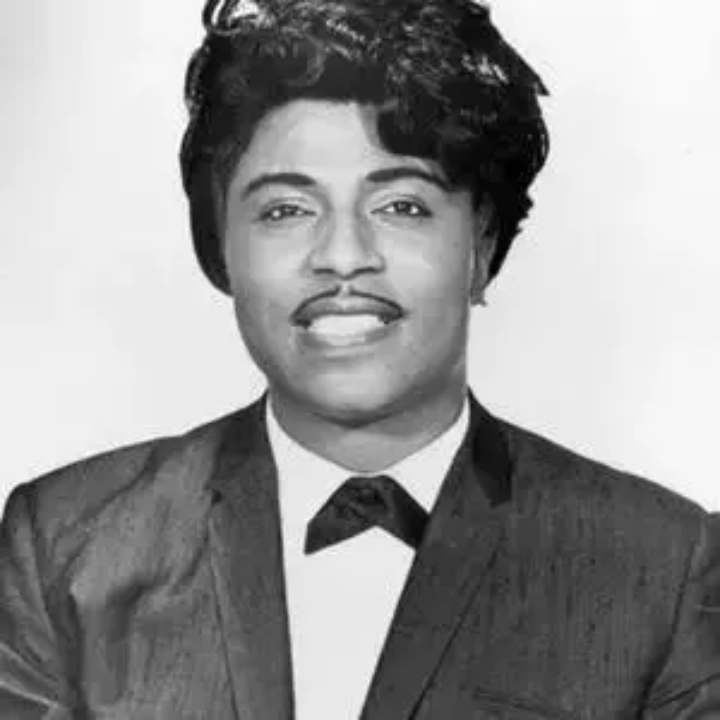
The Great Pretender and Folsom Prison Blues
By 1956, rock piano music had moved beyond a niche genre. More groups joined the movement, with The Platters’ "The Great Pretender" becoming a crossover hit, and Johnny Cash introducing a gritty, hybrid sound in "Folsom Prison Blues." Though rooted in country, Cash’s early experiments with rock music showed his versatility and contributed to shaping the sound of the era. Both tracks earned places on Rolling Stone’s list of the 500 Greatest Songs, a testament to their legacy in famous rock music history.
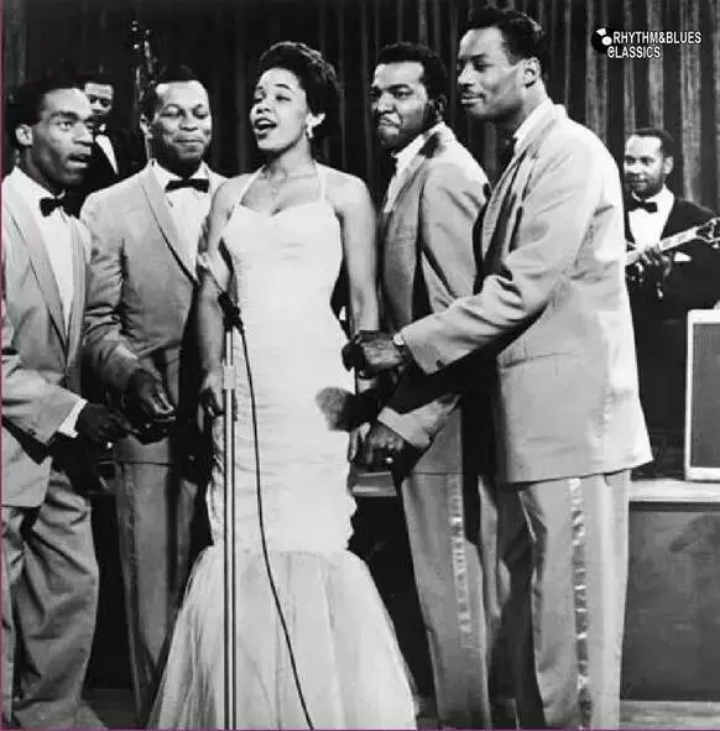
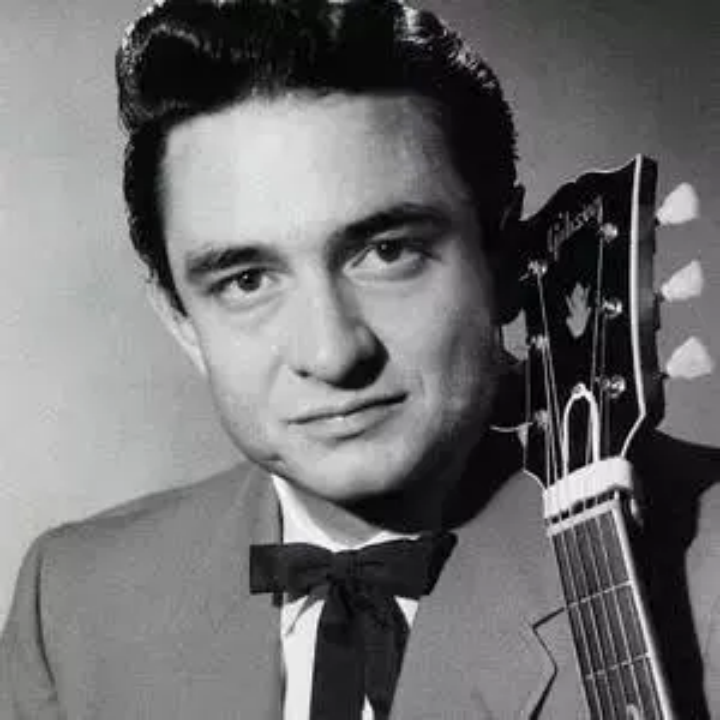
Blue Suede Shoes
Between 1956 and 1958, rock music evolved and traveled across the Atlantic. On January 27, 1956, Elvis signed with RCA Victor, launching his golden years filled with chart-toppers and movie roles. Around the same time, Chuck Berry dropped classics like "Roll Over Beethoven" and "School Days," cementing his name as a key rock music composer. Carl Perkins, meanwhile, released "Blue Suede Shoes," helping define the country-rock subgenre. Many of Elvis’s early hits were actually Perkins’ compositions, highlighting the cross-pollination among rock music composers during this golden age.
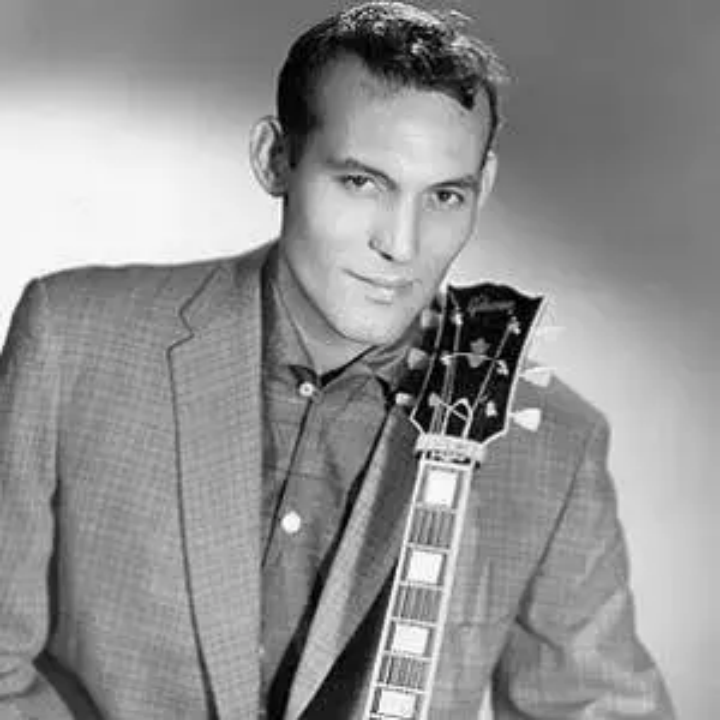
Great Balls of Fire
Elvis, Perkins, Johnny Cash, and Jerry Lee Lewis came together in December 1956 for the now-legendary "Million Dollar Quartet" recording. Lewis stole the spotlight with his high-octane piano antics and dramatic flair. In 1957, his hit "Great Balls of Fire" stunned audiences and showcased his raw, unfiltered energy. Though his contributions to famous rock music are undeniable, his reputation took a hit following the scandalous revelation of his marriage to his 13-year-old cousin. Nonetheless, Lewis’s piano-led sound influenced generations of performers on both sides of the Atlantic.
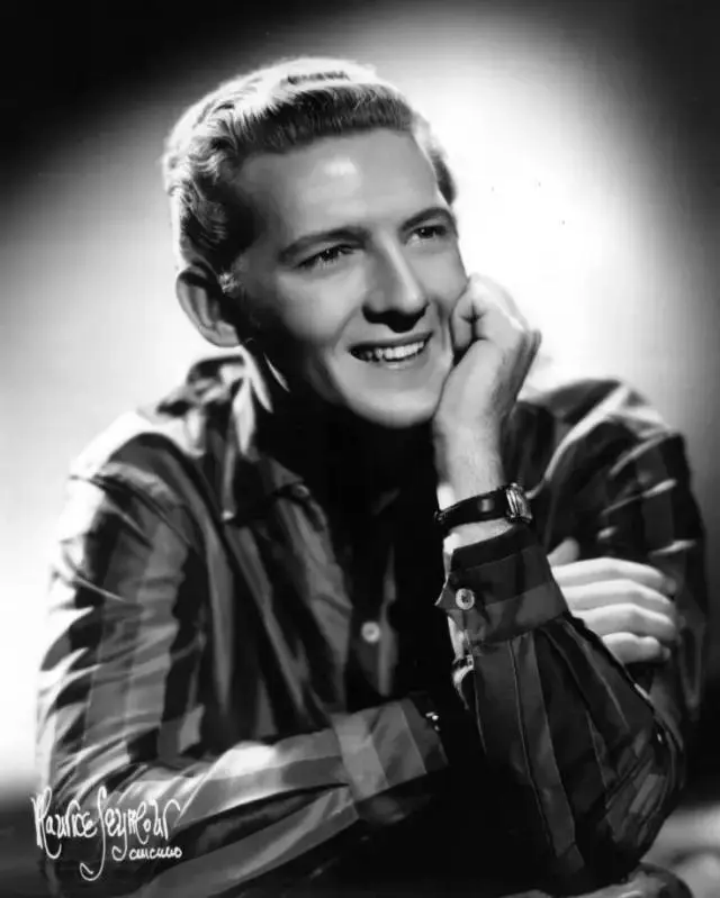
That'll Be The Day and Proud of You
In 1957, Buddy Holly & The Crickets released "That’ll Be the Day," a hit that reverberated louder in the UK than at home. Their simple, two-guitar setup became the blueprint for rock music bands that followed—most famously The Beatles, who even derived their name from The Crickets. Eddie Cochran, another emerging talent, released his only album at just 18. Though his discography was brief, his guitar innovation left a permanent mark on young British musicians and rock music composers alike.
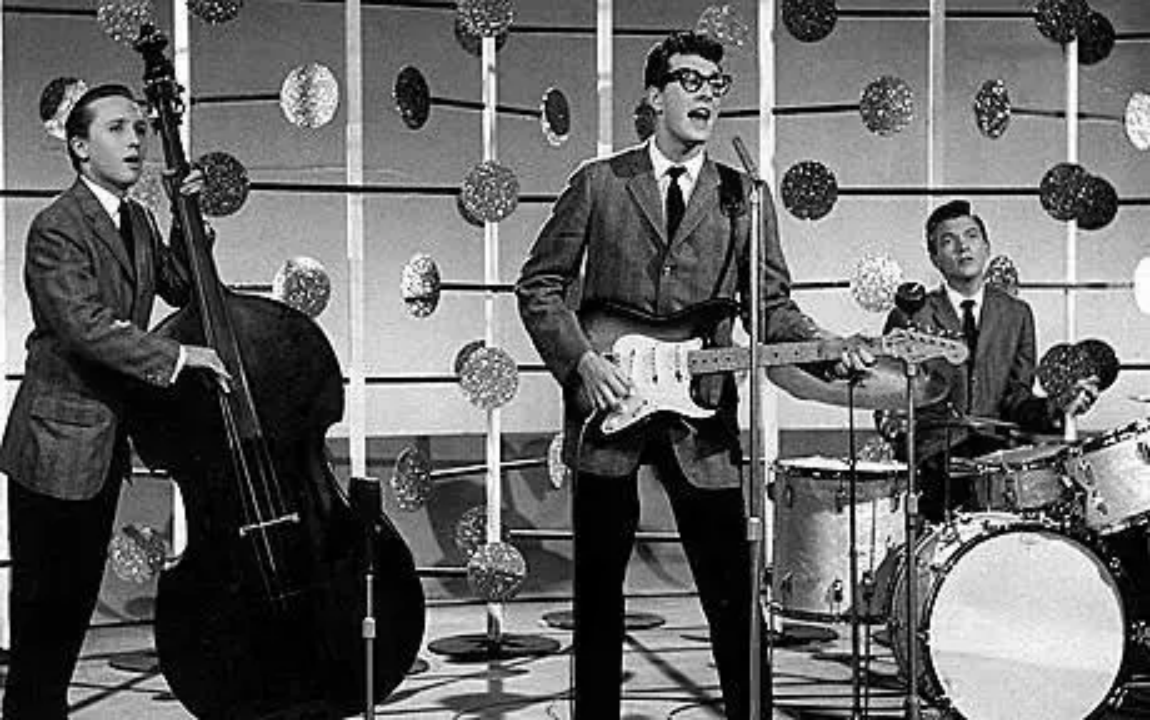
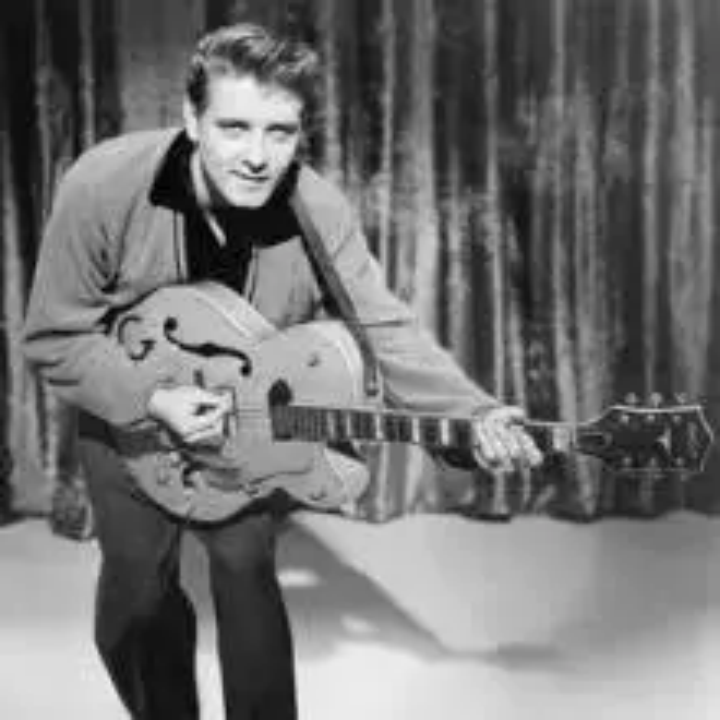
Move It
As American rock piano music stumbled in 1958—with Elvis in the army, Little Richard turning again to faith, and Lewis battling scandals—British talent rose to fill the void. Cliff Richard joined The Drifters and released "Move It," often considered the first authentic British rock single. It earned him the nickname "British Elvis" and signaled the beginning of the UK’s own famous rock music chapter.
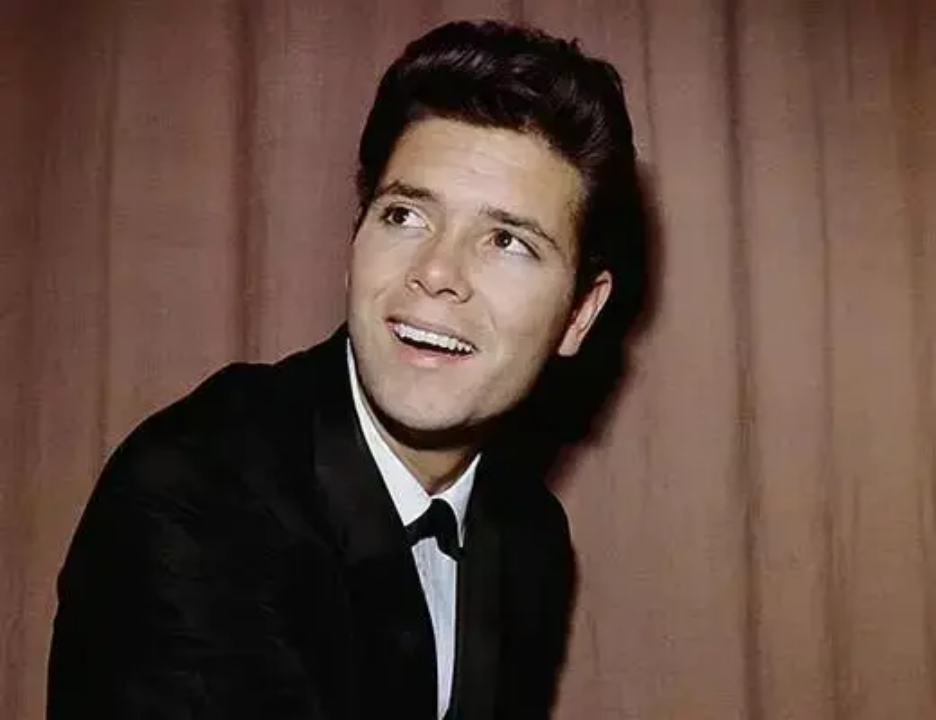
Living Doll and the End of an Era
In 1959, Cliff Richard & The Shadows topped UK charts with "Living Doll," while America’s early rock pioneers faced tragedy. Buddy Holly, Ritchie Valens, and The Big Bopper perished in a plane crash; Chuck Berry was jailed; DJ scandals emerged; and in 1960, Eddie Cochran died in a car accident. With no clear successors, the American rock piano music scene entered a slump. Though early rock music composers had brought exciting rhythms and wild performances, their lyrical content often lacked depth. Still, their work shattered racial boundaries, blending Black and white music traditions into a powerful cultural force.
Pioneers like Chuck Berry, Eddie Cochran, and Buddy Holly left templates for future musicians, not just through style but by changing the very structure of the music industry. Whether revival would come from within the U.S. or abroad remained to be seen—but the spark had been lit.
Looking Ahead: The Beat Generation and a Soul for Rock
Jack Kerouac’s "On the Road" hit shelves in 1957, and though the Beat Generation had yet to reach full bloom, the seeds were there. By the 1960s, a mix of civil rights activism, anti-war protests, and countercultural revolutions stirred a new hunger among youth. They needed more than just music—they craved meaning, rebellion, and identity. This is when rock piano music would find its soul, reborn with deeper lyrics and greater emotional range.
Want to relive the raw energy of early rock icons? At SheetMusicGo, you can explore a wide selection of free sheet music including classics from Little Richard, Jerry Lee Lewis, and more. Whether you're studying famous rock music arrangements or discovering a new rock music composer, our platform is perfect for musicians of all levels. Use our advanced search and practice tools to dive into the golden age of rock piano music, all with one click—totally free.
FAQs
1. Where can I find Little Richard or Jerry Lee Lewis sheet music?
You can find their pieces under free sheet music collections on SheetMusicGo, which offers piano-friendly arrangements of early rock classics.
2. Who were the most influential early rock music composers?
Key rock music composers included Chuck Berry, Buddy Holly, and Carl Perkins—each played a pivotal role in shaping the genre’s sound and format.
3. What made 1950s rock songs part of famous rock music history?
Songs like "Tutti Frutti," "Blue Suede Shoes," and "Folsom Prison Blues" became part of famous rock music history due to their innovation in rhythm, lyrical style, and cultural impact.












